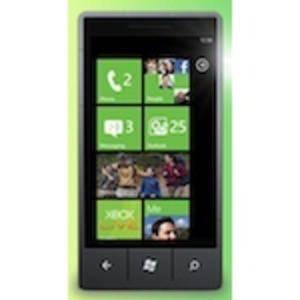This morning, Microsoft officially revealed the future of its Windows Phone mobile operating system, a release known as “Mango.” Now, the first set of developer tools to work with the new platform are being made available online, in beta format.

For developers, these tools offer a major leap in the types of applications which can be built for the mobile OS, as they introduce much-requested features like multi-tasking, access to sensors and better ways to utilize Windows Phone’s Live Tiles.
Better Apps, More Opportunities for Discovery
According to Microsoft, some of Mango’s most notable new capabilities include:
- Background processing
- New profiler and emulator for testing
- Use of Silverlight + XNA together
- Silverlight 4
- IE9 web browser control
- Live Tile enhancements: use of back of tiles and ability to update Live Tiles locally
- Deep linking into apps from notifications and Live Tiles
- Additional sensors; direct camera access, compass & gyro
- Fast application switching
- Networking / sockets for communications
- Local SQL database for structured storage
- Access to calendar and contacts for apps
Another new feature to keep end users engaged with your apps are “Quick Cards.” These will be presented to users who perform searches on the device. For example, a customer might search for a product, movie listing, event or place on their phone and then, within the search results, there would be a link to an “apps” panel (formerly the “extras” panel). This panel will showcase both the installed apps and those available in the Marketplace which are associated with that particular search term.

This, says Microsoft, is a unique opportunity for developers to have their app discovered, outside of the app store.
The company also released a graphic showing what Mango is bringing to developers, via new APIs, frameworks and runtimes:

Expanding Globally
Mango will be available in more countries, too – 35 in total, up from 16 with Windows Phone 7’s initial release.

In China, Israel and Luxembourg, developers can begin submitting apps directly to the Marketplace, while other global programs allow developers from unsupported countries a way into the Windows Phone Marketplace. This includes Yalla Apps, serving 69 Middle Eastern and African countries, App Port, supporting 13 countries in East Asia, APPA Market with 19 Central European countries, and Device7 and MTell, both supporting China.
Wireless Downloads Coming to Windows Phone Marketplace
The online version of the Windows Phone Marketplace will also be updated with Mango’s release, introducing a new feature that lets customers buy or download apps and have them sent directly to their phone. This is the same type of feature that Google’s Android Market offers today. Apple, however, still requires the iTunes desktop software for app purchases made via PCs.
Developers interested in building for Mango must first register at App Hub, then download the beta tools. Documentation is available here.
Image credits: Microsoft, Engadget




















